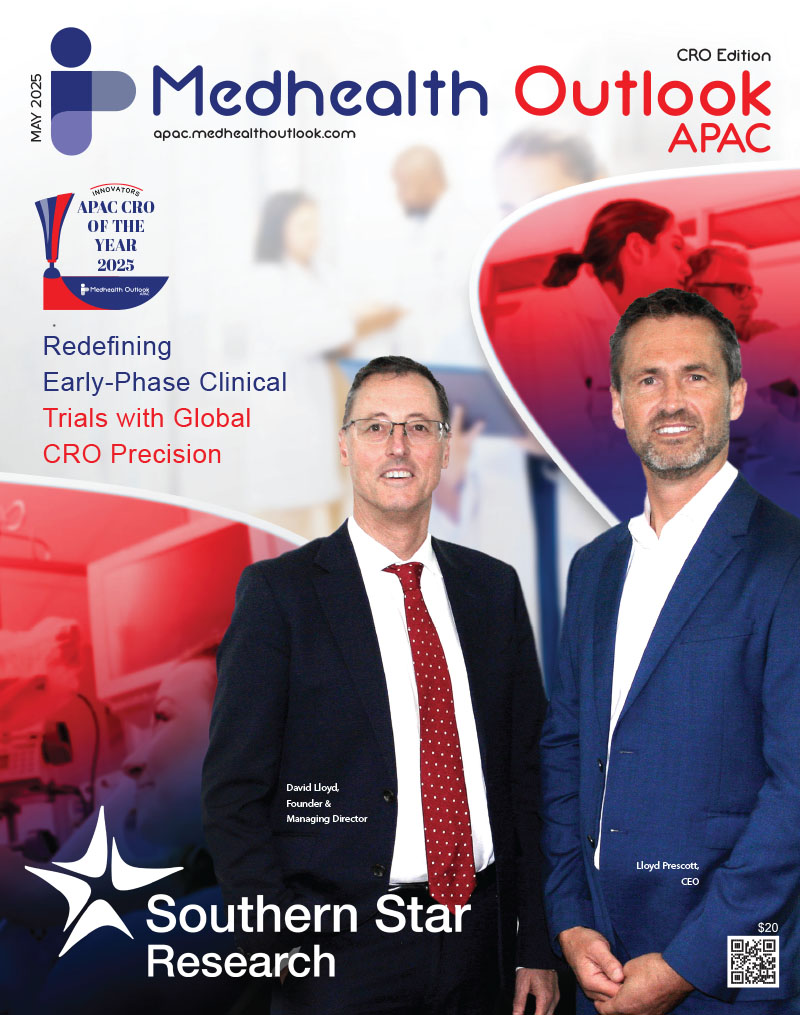Nanopharm - The Inhaled Drug Delivery Specialist
Orally Inhaled and Nasal Drug Products (OINDPs) are complex dosage forms and are considered complex combination products whereby both the device and the formulation are crucial to the performance of the drug product. Formulation development needs to be conducted so drug stability, device compatibility as well as robust aerosol performance can be achieved. This is critical to ensure that the drug can be delivered to the target site of action in the body and so that efficacy can be achieved. The clinical program can be complex, lengthy and factor significant uncertainty but its appeal for certain drugs and indications – whether that be for local diseases of the nose or lungs, or as a means to quickly reach the systemic circulation or even the brain – means more and more pharmacos are looking to exploit these administration routes. At this juncture, Nanopharm—a provider of tailored analytical and formulation support during all phases of drug development—has developed deep expertise in formulation development and troubleshooting for OINDPs.
A range of clinically relevant analytical methods developed by Nanopharm also helps de-risk and even partially eliminate clinical trials, not least of which is a technology called SmartTrack™ which is a platform that can enable generic OIDP developers to demonstrate bioequivalence without enduring the risky, costly, and time-consuming comparative clinical endpoint studies. Nanopharm offers unique solutions and supports companies trying to address specific challenges associated with the development of Orally Inhaled and Nasal Drug Products (OINDPs). “We focus on developing in vitro and in silico technology platforms that focus on understanding what is happening at the site of action with regards to regional deposition and bioavailability i.e. methods with stronger in vitro in vivo correlation, as compared to using USP or compendial methods more suited to quality control testing. Some of these have been developed in collaboration – and with funding from – FDA, meaning we have unique insight into the FDA’s perspective on these newer technologies,” explains Guillaume Brouet, VP Analytical Regulatory and Scientific Affairs, Nanopharm.
Customized Solutions that Stand Out
Services developed by Nanopharm include formulation development of powders, liquids, and liquid propellant-based solutions and suspensions for OINDPs. These developments are conducted and tuned to specific customer requirements and the drug product profile. At Nanopharm, safety and efficacy requirements are addressed with the development of stability-indicating methodologies, clinically relevant evaluation of aerosol performance, and in silico modeling. This starts from understanding the fundamental characteristics of the drug substance itself, and the target indication, since this is the foundation for which any formulation needs to work around. Understanding the natural limitations and strengths of a molecule in terms of effective drug delivery is not the same as understanding its mode of action for the target indication. “We then design the formulation to overcome the specific challenges faced by that molecule to reach its site of action – which could be overcoming solubility issues to achieve the target drug concentration in a relatively small volume of formulation (vis-à-vis other dosage forms), maintaining stability in the formulation, achieving aerosol performance, retention of the drug locally following deposition, or permeation through to the systemic circulation or even the brain, and last but not least, choosing the right device,” adds Brouet.
Nanopharm stands in a unique position as the company was built on solid scientific expertise brought by Key Opinion Leaders in OINDPs, initially a spin-out from the prestigious University of Bath’s pharmaceutical aerosol science department. Despite being a commercial organization, Nanopharm maintains its foundation in understanding pharmaceutical aerosol product science and can help pharma companies apply this knowledge to the benefit of their products so they can get quickly but safely through the early clinical stages.
The Commitment to Innovation and Tech
When Nanopharm formed in the early 2000s it was to provide scientific experience around the critical material attributes influencing the performance of aerosolized particles from a materials science perspective, since this expertise was largely missing for pharma companies who focused mostly on the engineering challenges. This insight and intrigue evolved such that customers asked the team to do more and more, since transferring the nuances of such niche knowledge at such an early stage was not possible through writing reports and SOPs. So the team began to offer more hands-on services and evolved into a specialist contract research and development organization. When Nanopharm became up for sale, Aptar quickly identified the opportunity to onboard a team with recognized skills and competencies which did not exist within the organization or arguably anywhere else. This was a turning point for Nanopharm and Aptar, since together they could now offer the holistic support needed by pharmacos developing combination products – device, formulation and analytical development – a much needed combination of expertise and capability that is hard to come by in the industry.
Today, Nanopharm regularly surveys new technologies and innovations in the field of drug delivery jointly with Aptar Pharma’s scientific affairs team. Some of the tools used to conduct these surveys include joining key scientific events in the field of OINDPs. This is particularly visible looking at the number of scientific communications produced jointly by Nanopharm and Aptar Pharma during focused events such as Drug Delivery to the Lungs (DDL) and Respiratory Drug Delivery (RDD). Also, Nanopharm and Aptar Pharma have developed a network of academic partners and sponsor several research programs at leading universities around the world and as part of specific consortia in the field of nasal and pulmonary drug delivery to ensure fundamental research continues alongside more commercially focused industrialization of technologies. They also partner with other unique organizations with complementary skillsets or technologies, recognizing that not everything needs to be done in-house and there are sometimes benefits to working synergistically with others and reducing the risk of bias through having this flexibility to choose the right technology for each application.
Nanopharm is currently further developing its capabilities to analyze and formulate biologics-based OINDPs, since it is a relatively new but growing space in OINDPs (typically these molecules have been formulated for injection). This brings additional challenges, not least of which is maintaining the stability and activity of biologic drugs Nanopharm is also in the final stages of becoming cGMP for analytical services at its facility in the UK, which will support biotechs entering the clinic through providing a seamless transition from preclinical to cGMP clinical validation and release of drug products developed by Nanopharm, as well as for larger companies including generics companies who want to use its data for regulatory dossiers and commercial drug product release, particularly those using Aptar devices.
Nanopharm also intends to continue to develop pharmacokinetic (PK) computational modeling tools, including advancing the in vitro as well as in silico elements, to improve their accuracy and specificity for the target diseases/patients, and make them more broadly applicable – not just for generics companies but also for 505(b)(2) and NDAs where the clinical uncertainty and risk is even higher. “Our funding from FDA continues and we remain committed to pioneering new technologies that can streamline and derisk the regulatory pathway for pharma companies to get medication to patients faster,” concludes Brouet.
NanopharmN
Guillaume Brouet, VP Analytical Regulatory and Scientific Affaires
nanopharm.co.uk
“We focus on developing in vitro and in silico technology platforms that focus on understanding what is happening at the site of action i.e. methods with stronger in vitro in vivo correlation, as compared to using USP or compendial methods more suited to quality control testing”






